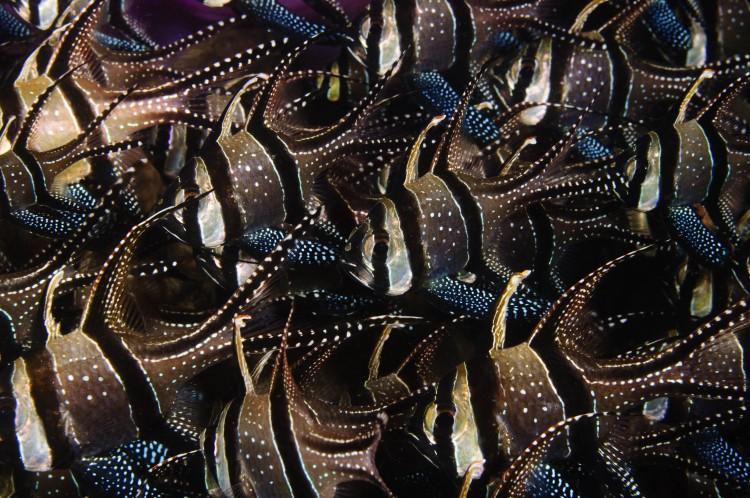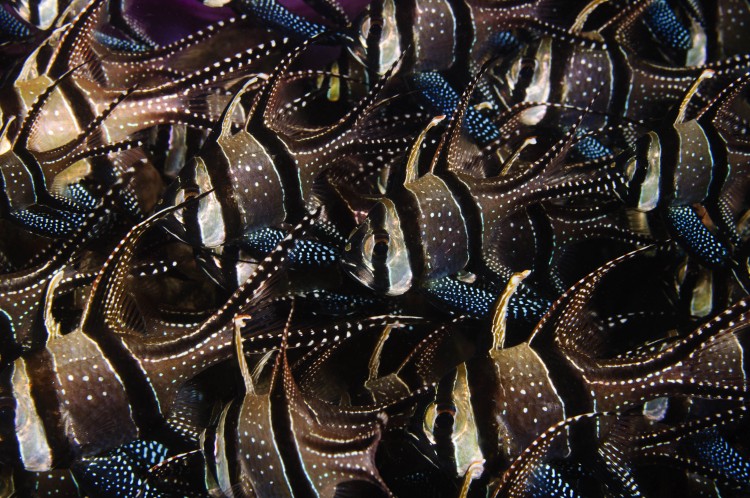Cardinalfish have survived for about 50 million years using a breeding strategy called mouthbrooding, but it may not be viable in a changing climate, according to a new Australian study.
Fish in this family live for about two years and breed several times a year. After the female lays the eggs, the male protects them in his mouth for several weeks until the young hatch and can swim.
“These eggs occupy 100 percent of the oral cavity and the dad’s mouth would expand and look like a large bubble,” says study co-author Andrew Hoey from the Australian Research Council (ARC) Center of Excellence for Coral Reef Studies (CoECRS) in a press release.
“It’s a wonder that they can even breathe,” he added. “They don’t feed [while holding the eggs], but live on stored energy, and stay sedentary in and around corals.”
However, global warming will render cardinalfish vulnerable, says study co-author David Bellwood from CoECRS and James Cook University, according to the release.
“As ocean temperatures warm, these fish will need to breathe more—and the last thing they need is having a mouthful of offspring when they need oxygen.”
Cardinalfish face an additional problem: the increasing deaths of corals worldwide from disease and bleaching, which is mostly caused by high temperatures.
“These fishes are very attached to their homes—they like to stay under branching corals, and will come back to the same little patch day after day,” says Bellwood.
“When the coral cover declines, they’re going to be homeless, just sitting there with babies in their mouths and struggling to breathe,” he adds. “Their problems will be exacerbated by a shortage of food because of their narrow diets.”
The study is called “To feed or to breed: morphological constraints of mouthbrooding in coral reef cardinalfishes” and was published in the journal Proceedings of the Royal Society B this month.
See a video of Banggai cardinalfish, including a mouthbrooding male, here.
See a video of Banggai cardinalfish fry here.
Matthew Oldfield is a freelance photographer based in Bali, Indonesia, specializing in editorial and documentary images from both above and below the waves. He works primarily with charities, NGOs, and other organizations working to conserve the environment, endangered species, and disappearing cultures.
Matthew is on Twitter @matthewophoto. More of his photos can be found here
The Epoch Times publishes in 35 countries and in 19 languages. Subscribe to our e-newsletter.







